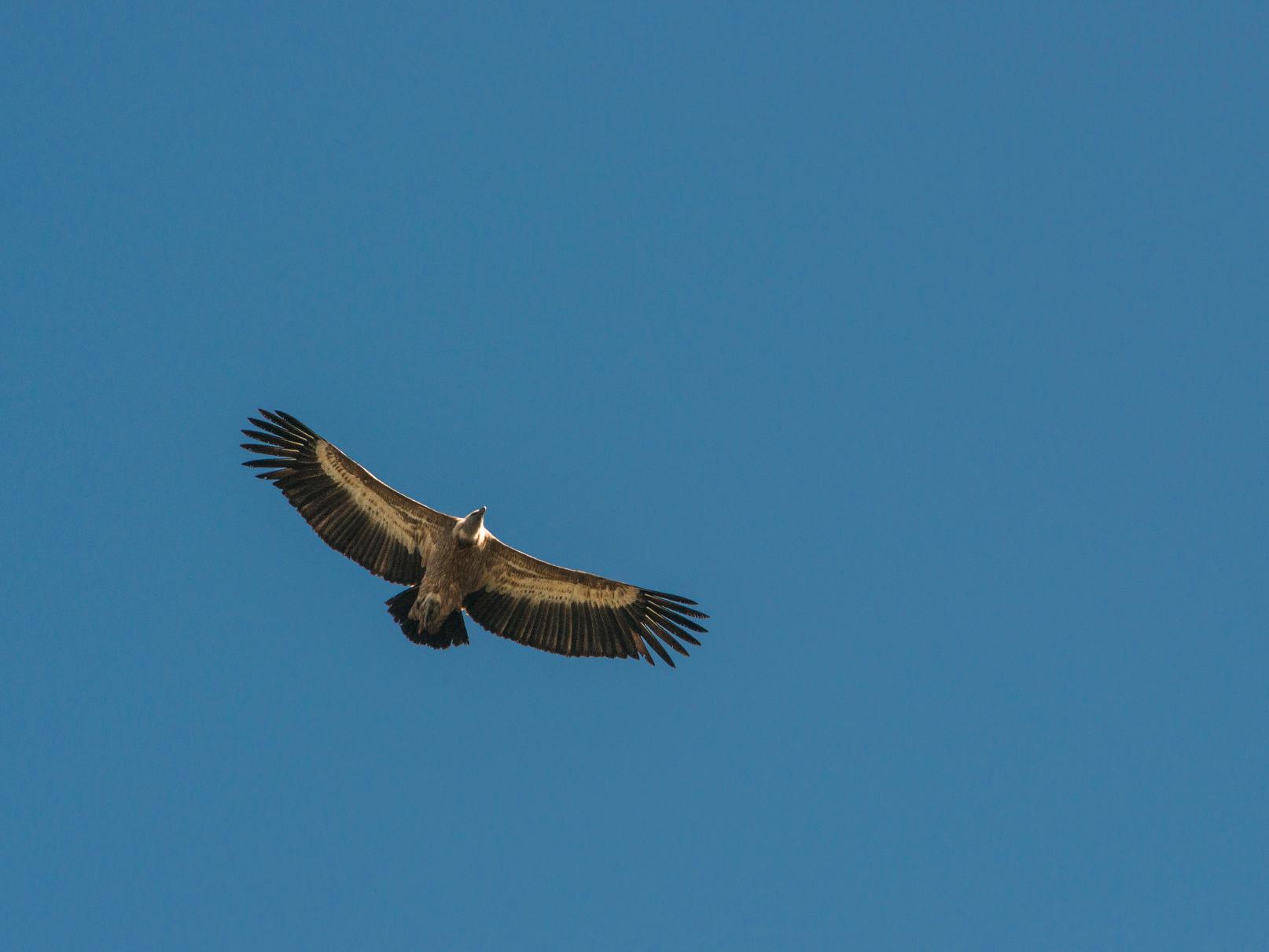The six core elements of the Cretan dietary
The Cretan diet is a time-tested successful model that promises longevity and good health. The six core elements of the Cretan dietary model form the heart of one of the most studied and esteemed dietary patterns worldwide. Rooted in the island's rich culinary traditions, these elements highlight the importance of consuming whole, minimally processed foods, including fruits and vegetables, whole grains, legumes, nuts, and using olive oil as the main fat source. Specifically:
Olive Oil: Cretans consume a significant amount of olive oil daily, unique globally for its high olive oil intake. Studies show an average Cretan consumes about 25 liters of olive oil annually.
Wild Greens, Fruits, Vegetables, and Legumes: These foods form the diet's foundation. The island's biodiversity allows almost universal consumption of wild greens, cooked in various ways and enriched with olive oil. Remarkably, Cretans know how to distinguish poisonous from edible wild greens, knowledge passed down through generations.
Locality and Seasonality: Especially in villages, more than in cities, people following the Cretan diet philosophy are aware of local and seasonal produce, adjusting their diet accordingly, aligning with this rationale.
No Fixed Recipes: There are no fixed recipes for many reasons. After the Minoan period, due to various dominations over Crete through centuries—Roman, Arab, Venetian, and finally Ottoman—Cretans primarily focused on survival. Though Crete joined modern Greece about a century ago, its residents remained economically challenged, emphasizing primary needs over culinary experimentation. Adaptation to local and seasonal availability was necessary; for example, the abundance of wild greens due to the island's rich biodiversity became the preferred choice.
Wine: An accompaniment to lunch and sometimes dinner. The historical bond between Cretans and wine production dates back to Minoan times, making wine an irreplaceable part of the Cretan diet.
Daily Walking: The average Cretan walks 10-15 km per day, embodying the diet's philosophy: olive oil, local and seasonal ingredients, vegetables, legumes, fruits, wild greens, no strict recipes, a glass of wine, and daily walking. Meat wasn't always a dietary staple, even historically, and many families today still consume meat only once a week.
By embracing these elements, we strive to promote a healthier lifestyle through the Cretan diet's philosophy. This approach could nutritionally enrich our world.
At the Botanical Garden, we aim to connect visitors with both the local economy and society. Supported by a restaurant and a local product promotion center, efforts are made to advocate a healthy lifestyle via the Cretan diet philosophy, reinforced by research attesting to the Cretan cuisine's nutritional quality. Experience the Botanical Garden's restaurant, certified with the "Cretan cuisine quality mark" by the regional company, and combine your visit with authentic local flavors, stunning views, and fresh food using local ingredients, herbs, and fruits from the park.





